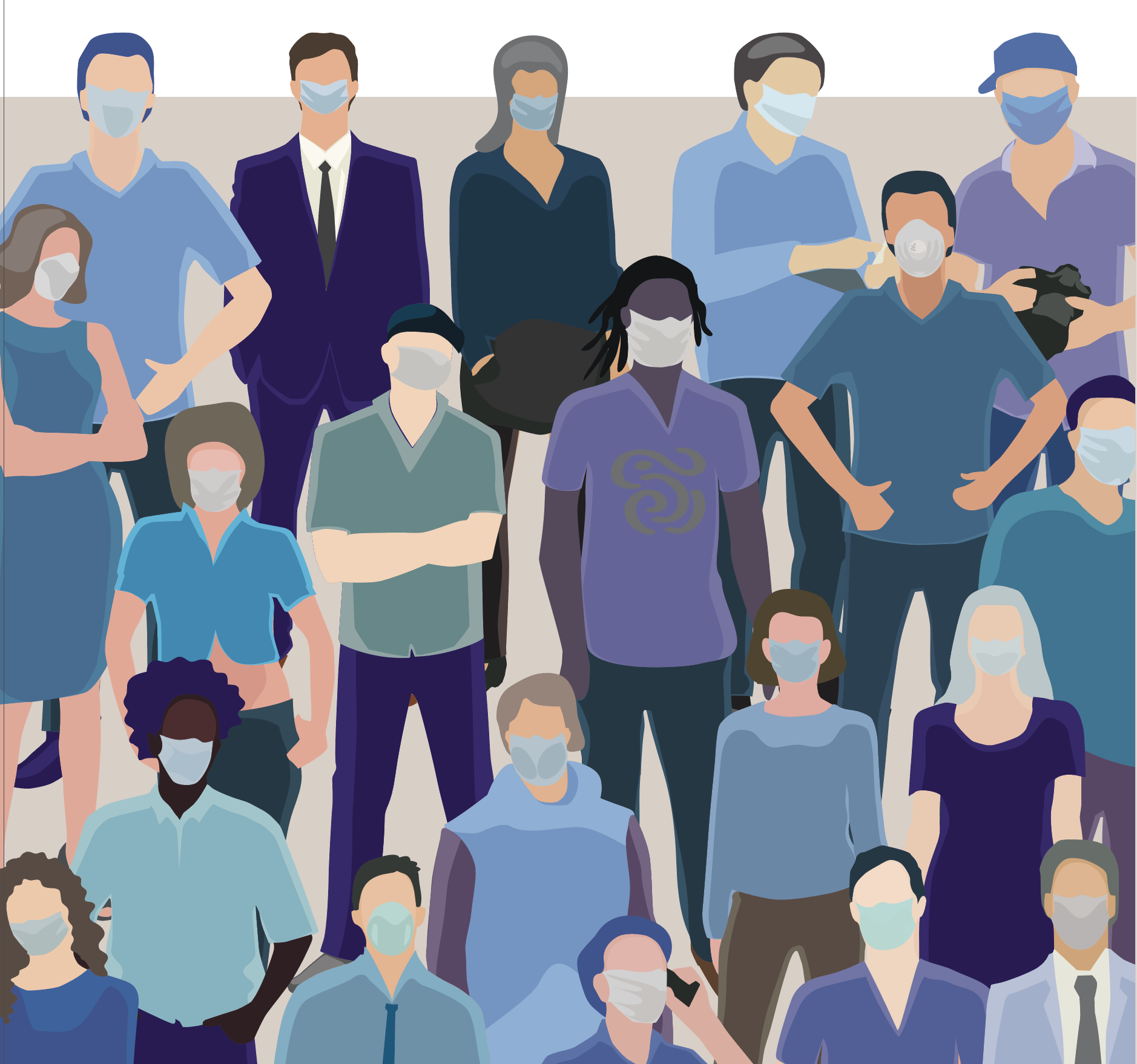ADVOCACY: Addressing health inequities with AI-powered populations
With the right use of data, the potential for improving population health is enormous. We can move from nations where equity is an afterthought to ones that rebuild equity into their foundations
COVID-19 hit the world like a tropical storm, bringing the greatest devastation to people on lower socioeconomic ground. In its wake, these populations were left with the most job losses, least access to care, and worst health outcomes, widening the socioeconomic divide. The world now clearly recognises social injustice as a cause-and-effect scenario.
At the beginning of the pandemic, we could predict regions within the United States where a particular subset of the population (Medicare fee-for-service enrollees) were at highest risk of COVID-19 mortality. A year later, vaccine data revealed the same high-risk regions had lower vaccine rates. Even with accurate forecasting, the most at-risk people often had less access to care, resulting in unnecessary loss of life. COVID-19 demonstrated systemic failure of evidence-based action. Little progress has been made to reduce known disparities, despite vast amounts of spending over decades.
As we look beyond the pandemic, societies worldwide are embracing the dual goals of improving population health and reducing inequities. Big data analytics can help achieve both. But we need to look at different data, in a different way.
What must we do?
We tend to assume that diseases have genetic and/or behavioural root causes. While these play a role, even greater risks are linked to where individuals live, work and play, known as social determinants of health (SDOH). People are inherently health-advantaged, or health-disadvantaged based on where they are born and live.
To effect change, we must understand and overcome the multifaceted challenges linked to hyperlocal situations unique to one’s geography, city and/or community. Solutions cannot be one-size-fits all.
If we aggregate, analyse and interpret the appropriate data from multiple linked sources (clinical, SDOH, population and environmental, for example), the potential for improving population health is enormous. These data can be used to understand which underlying determinants drive health outcomes, so interventions and resources can be better allocated to regions or sub-populations. Achieving this potential, however, requires specific actions at the local and national levels: 1) stronger intersectoral collaboration, 2) data-powered actionable insights, and 3) increased prioritised investments.
Multi-sector collaboration: New cross-sector partnerships are essential to identify the specific questions we need to ask to find the root causes of health inequities. Reaching this understanding requires consultation and collaboration among community coalitions (healthcare, food distribution, transport services, environmental, housing, education, jobs programmes and technology partners, etc) in partnership with local and federal governments.
Data-powered actionable insights: Collecting and analysing the appropriate, high-quality and complete linked data sets (clinical, SDOH, population, environmental, etc) is a critical precursor to generating accurate and actionable insights from artificial intelligence models. AI models are only as accurate as the data used to build them. However, when we have high-quality data, and ask the right questions, we can generate insights that inform actions that help achieve equitable solutions.
Prioritise investments: Finally, national governments must prioritise and invest in the infrastructure needed to operationalise these approaches, and the capacity building needed to make use of improved data and AI analytics at local levels. These investments can be supported by local budgets, but many locales will need additional resources, corporate and/or governmental support.
Example: tackling cardiovascular disease
Some SDOH seem obvious, such as class, race, immigration status, gender and sexual orientation. However, less obvious factors – public transport, education levels, prevalence of violence and digital literacy rates – are no less influential.
We might, for example, initially attribute a high incidence of cardiovascular disease in an area to a high incidence of obesity. This might lead us to address obesity through awareness campaigns. However, utilising an off-the-shelf AI-powered system, applied to aggregated data sets, might indicate that the increased rates are driven by a lack of access to safe public transport to reach shops that sell healthy food. This insight would enable a more targeted and sustainable solution.
In conclusion
To effect real change, new public-private partnerships must seek to deliver committed solutions and resources to tackle the real problems impacting communities. We need to move from nations where equity is an afterthought to ones that rebuild equity into their foundations. A time where all people are cared for equitably is within our reach. Integrating clinical, SDOH, population and environmental data, paired with AI models, are needed for improved decision-making at the population level. Let’s come together and start making a sustainable difference.












